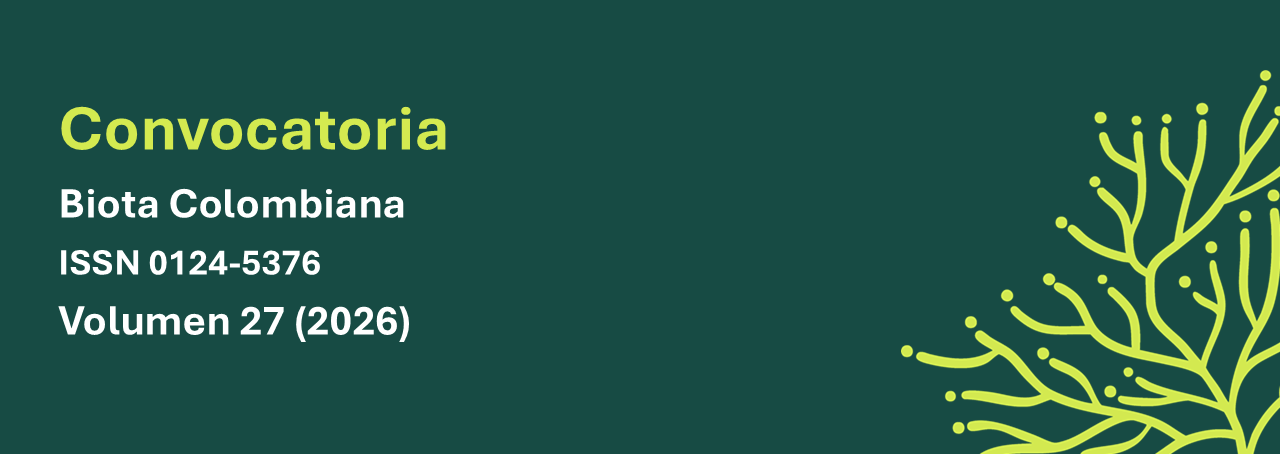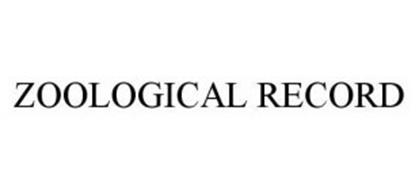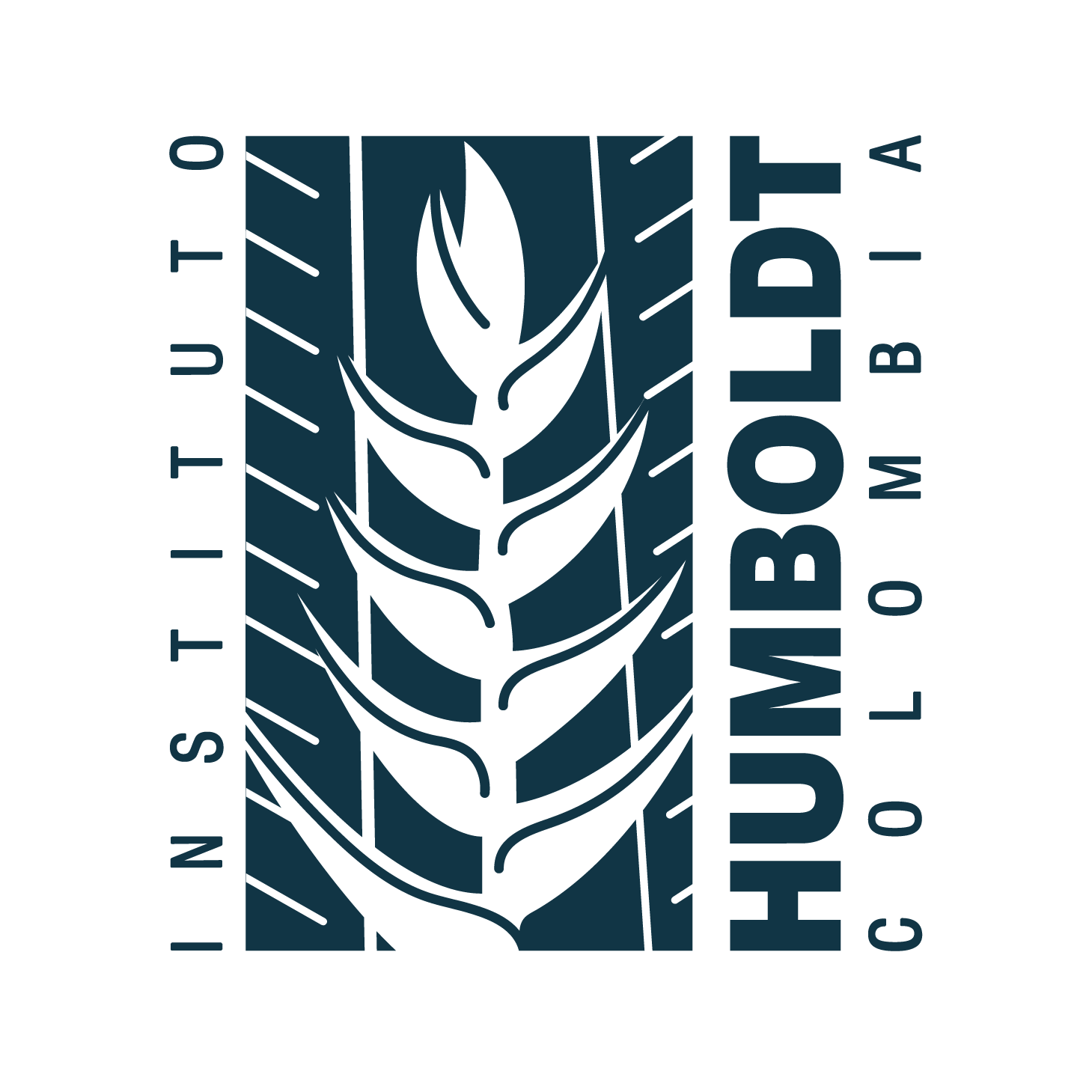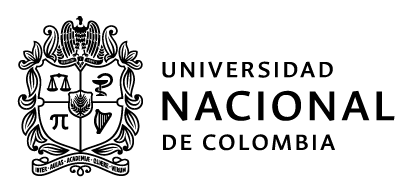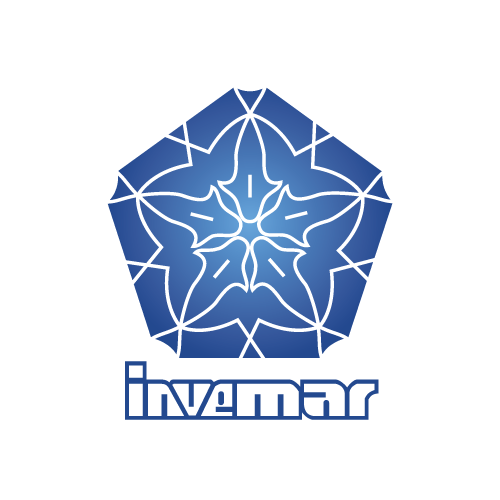Abstract (en):
Abstract (es):
En este estudio se identifican las variaciones morfológicas a nivel del caparazón, pereópodos, exognatos
del tercer maxilípedo y gonópodos de 333 especímenes de Neostrengeria charalensis provenientes de
ambientes exo y endocársticos. La relación de la longitud del exognato respecto al isquio del endognato
del tercer maxilípedo presenta un promedio de 0,55 para los especímenes de origen epigeo y 0,59 para
los de origen hipogeo. Se estableció que existen diferencias entre la proporción de la longitud total del
segundo pereópodo versus el ancho del caparazón, siendo mayor esta proporción en los especímenes
de hábitos hipogeos frente a los epigeos. A nivel del gonópodo se describen y se ilustran las diferencias
de especímenes provenientes de cuevas y cavernas. Se establecieron diferencias importantes en las
proporciones a nivel morfológico, aunque estas no correspondieron a grandes variaciones. El resultado
más relevante de este estudio es la evidencia de la existencia de una respuesta adaptativa por parte de
los especímenes de hábitos hipogeos a su ambiente. Adicionalmente se incluyen algunos aspectos sobre
la distribución, hábitat y bioecología de esta especie en ambientes hipogeos.
Keywords:
Endemism, Hypolobocerini, Neotropical Region, Troglophyl species (en)
References
Campos, M. R. (2017). Two new species of freshwater, cave-dwelling crabs of the genus Neostrengeria Pretzmann, 1965, from Colombia (Crustacea: Decapoda: Pseudothelphusidae). Zootaxa, 4247 (2): 157-164.
Campos, M. R. y Rodríguez, G. (1985). A new species of Neostrengeria (Crustacea: Decapoda: Pseudothelphusidae) with notes on geographical distribution of the genus. Proceedings of the Biological Society of Washington, 98 (3): 718-727.
Campos, M. R. y Lasso, C. A. (2015). Libro rojo de los cangrejos de dulceacuícolas de Colombia. Bogotá D. C.: Instituto de Investigación de Recursos Biológicos Alexander von Humboldt, Instituto de Ciencias Naturales de la Universidad Nacional de Colombia. 168 pp.
Cumberlidge, N., Alvarez, F. y Villalobos, J. L. (2014). Results of the global conservation assessment of the freshwater crabs (Brachyura, Pseudothelphisidae and Trichodactylidae): The Neotropical region, with an update on diversity. Zookeys, 457: 133-157.
Galán, C. y Herrera, F. (2017). Ríos subterráneos y acuíferos kársticos de Venezuela: inventario, situación y conservación. En Rodríguez-Olarte, D. (Ed.). Ríos en riesgo. Volumen 1. Colección Recursos hidrobiológicos de Venezuela. Pp. 153-171. Barquisimeto, Lara, Venezuela: Universidad Centroccidental Lisandro Alvarado (UCLA).
Instituto de Investigación de Recursos Biológicos Alexander von Humboldt (Instituto Humboldt). (2016). Resultados Proyecto Expediciones de Biodiversidad. (Informe técnico). Bogotá: Colciencias-Instituto Humboldt. 22 pp.
Mendoza-Parada, J. E., Moreno-Murillo, J. M. y Rodríguez-Orjuela, G. (2009). Sistema cárstico de la Formación Rosablanca Cretácico inferior, en la provincia de Vélez, Colombia. Geología Colombiana, (34): 35-44.
Nuñez-Jiménez, A. (1970). Cuevas y carsos. La Habana, Cuba: Editorial Científica Técnica. 431 pp.
Mesa-S., L. M., Lasso, C. A., Ochoa, L. E. y DoNascimiento, C. (2018). Trichomycterus rosablanca (Siluriformes, Trichomycteridae) a new species of hipogean catfish from the Colombian Andes. Biota Colombiana 19 (Suplemento 1): 164-185.
Rodríguez, G. (1985). A new cavernicolous crab (Crustacea: Decapoda: Pseudothelphusidae) from Colombia. Bioloski vestnik, Ljubljana, 33 (2): 73-80.
How to Cite
The works published in the journals of the Alexander von Humboldt Biological Resources Research Institute are subject to the following terms, in relation to copyright:
1. The patrimonial rights of the published works are assigned to Instituto de Investigación de Recursos Biológicos Alexander von Humboldt. The authors or institutions that elaborate the document agree to transfer the patrimonial rights to the Humboldt Institute with the sending of their articles, which allows, among other things, the reproduction, public communication, dissemination and dissemination of works.
2. The works of digital editions are published under a Creative Commons Colombia license:
Creative Commons License
This work is licensed under a Creative Commons Atribución-NoComercial-SinDerivar 4.0 Internacional.
> Attribution - Non-commercial - No Derivative: This license is the most restrictive of the six main licenses, it only allows others to download the works and share them with others, as long as their authorship is acknowledged, but they cannot be changed in any way, nor can they be used commercially.
3. The authors, when submitting articles to the editorial process of the magazines published by the Humboldt Institute, accept the institutional dispositions on copyright and open access.
4. All items received will be subjected to anti-plagiarism software. The submission of an article to the magazines of the Humboldt Institute is understood as the acceptance of the review to detect possible plagiarism.
5. The works submitted to the editing process of the magazines of the Humboldt Institute must be unpublished.



